Hummingbird Heaven
I used to think hummingbirds were peaceful jewels of the garden, much like gentle butterflies that flit flower to flower. I was in for a rude awakening the year my patch of native California fuchsia grew to size. In early summer an interloper arrived, a nasty little red hummer that I would learn was a rufus hummingbird.
They should have been named Rufus ferocious because he guarded both the fuchsia and a nearby feeder with a vengeance. He terrorized any other hummer that dared step within his range, protecting his nectar monopoly. That summer of sometimes brutal territorial battles taught me just how much we imbue wildife with our own passive sensibilities, only to have them proven wrong by survival of the fittest.
Outside the rufus zone my other feeders hung close to windows where hordes of hummers came to feed. If I sat still in the open window they went about their business just inches from my face, sometimes perching on me. There is no other bird that is so courageous to abide humans on such an intimate level. For this reason each and every customer who enters a garden center is a potential hummingbird aficionado, they just don’t know it… yet.
Share the Magic
Help your customers to know these birds are endemic to the Americas and unknown in the Old World before Columbus. They are largely migratory and travel incredibly long distances. The ruby-throated hummer, known as far north as Wisconsin, travels 2,000 miles from Mexico to get there each year. As fall arrives they fly the same distance back. This is startling when you consider their tiny size and enormous fuel requirements. Many must feed as often as every 10 minutes. My greedy rufus was part of a shorter West Coast migration pattern.
There are birders all along these paths of migration who watch for their appearance each spring. The further south you are the sooner the “hummingbird season” begins. This is a great way to integrate birders into a garden center milieu, from newsletter announcements to fact sheets, which estimate the arrival dates.
Feeders
The primary hummingbird product is feeders, which may appear alike but can be quite different in terms of maintenance and hummer appeal. During the peak of my summer evening feeding frenzies the hummers could drain the largest (48-oz.) feeder in about 24 hours. Even with the largest feeder it was still a challenge to keep up with their appetites.
Large feeders. You can see why reservoir size can be very important to those who have a large population of birds in the area. But such a large reservoir can be a problem with a small population because the contents spoil in the heat before it is consumed. This illustrates why it’s vital to match the capacity of a feeder with the needs of a customer.
Small feeders. Generally, it is a good idea to suggest a smaller feeder to a first-time user because it can take time for the birds to learn the feeder is there. Oddly enough, once discovered, hummers can remember feeder locations from one year to the next and will return time after time to that reliable food source.
Experts say it can be better to have a number of smaller feeders positioned around the homesite than a single big one. This is an important sales tool. The feeders should be stationed out of visual sight from each other; as that greedy rufus taught me, one aggressive individual can take on all comers to protect a good food supply and is quite capable of guarding two sources simultaneously. Many feeders ensure there are alternative feeding stations for less aggressive birds who won’t be spied upon by those who don’t play well with others.
Practical/decorative feeders. There are practical and decorative feeders. Practical feeders should include a perch because just as we like to sit while we eat, birds do too. Feeders with their openings at the top of the reservoir may allow rain to enter, which can dilute or possibly contaminate the nectar. In regions with summer rainfall, only feeders with rain guards can be located in the open.
Bees and ants will quickly foul a feeder as they seek the sweet contents. Many customers get turned off by this bug problem and will not use feeders at all. If you stock only designs that offer an ant moat and bee guards, you can assure customers it won’t be an insect magnet. Bear in mind the color yellow attracts bees and wasps, so avoid any feeders with yellow parts. Finally, be sure the feeder is easy to clean and fill without complicated disassembly or challenges of very small fill ports.
Decorative hummingbird feeders make excellent gift merchandise well suited to a holiday or wedding season. They serve as both a functional feeder and a beautiful piece of garden art. However, they may not offer the easy cleaning or filling that the more practical feeders do. But this is not important to those who love the blown glass types that are beautiful in the sunlight. Decorative feeders are available in more sizes, shapes and colors than ever before. Their fragility can be a concern, which demands more careful handling and display. For safety of your glass products, display them well above the reach of curious children.
Feed Requirements
The Audubon Society recommends you boil a homemade sugar solution for feeders for a couple of minutes to ensure it is safe for the birds. The sugar water solution should be composed of four parts hot water and one part white sugar. Boil 1-2 minutes, then cool before filling feeders. This is time consuming and messy. Informing customers of this fact will lead them toward packaged nectar products because there is widespread concern about bird health. When they learn boiling is necessary, packaged nectar is suddenly more appealing because you can mix it up and immediately pour it into the feeder.
Don’t forget to add red-colored flowers to your hummingbird feeder displays, particularly when located out in the open. It helps customers learn that planting big red blooms near the feeder draws more birds the first season. This offers a secondary sales opportunity for the customer who’s looking for a faster start in wildlife gardening. But perhaps the biggest reason of all is that hummers more easily find your garden center display and come in for a closer look. When that happens nothing sells it better.

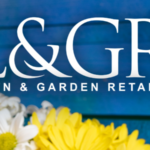

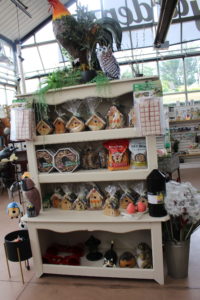
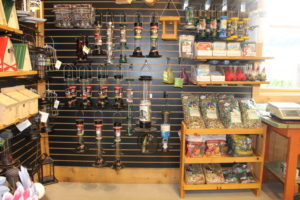
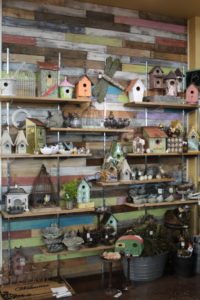
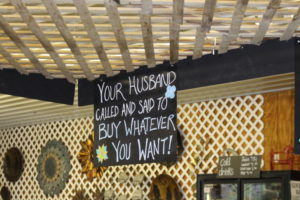
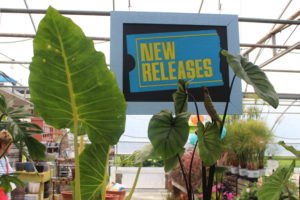
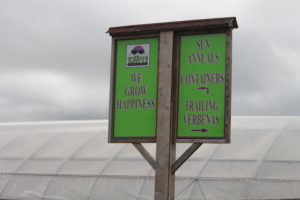

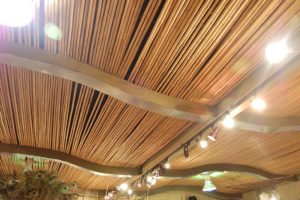

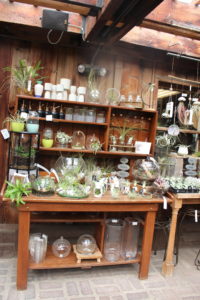
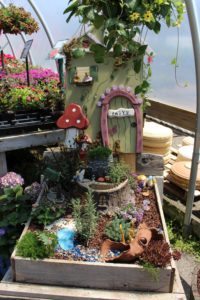
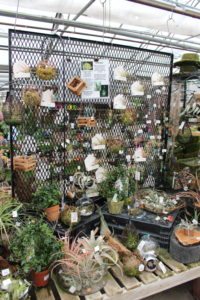
 Videos
Videos





